10 Longest Rivers in the United States
Rivers are the lifeblood of the United States, weaving through each and every state. Among them, ten rivers stand out for their lengths.
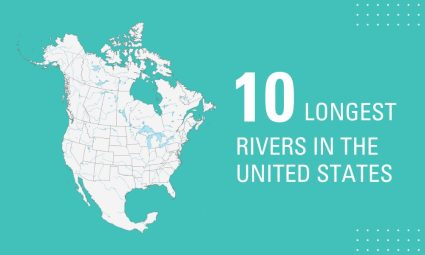
Rivers are the lifeblood of the United States, weaving through each and every state. Among them, ten rivers stand out for their lengths.
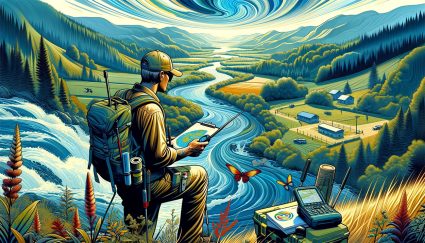
A watershed manager is responsible for the health of water, like rivers and lakes. They ensure water is not only clean but also safe for use.
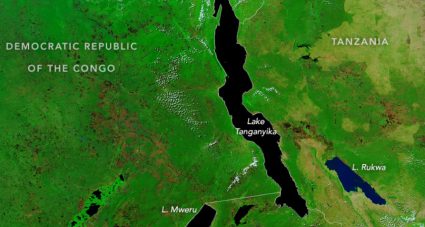
Lake Tanganyika is the world’s longest freshwater lake in the world, stretching approximately 660 kilometers (over 410 miles) in length.
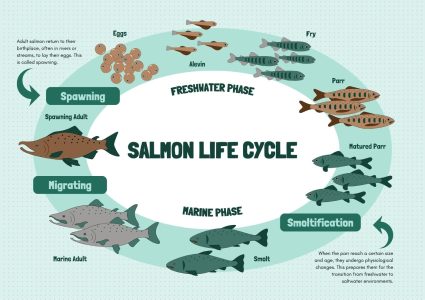
The salmon lifecycle is a remarkable journey, unique in the animal kingdom. These fish travel thousands of miles throughout their lives.
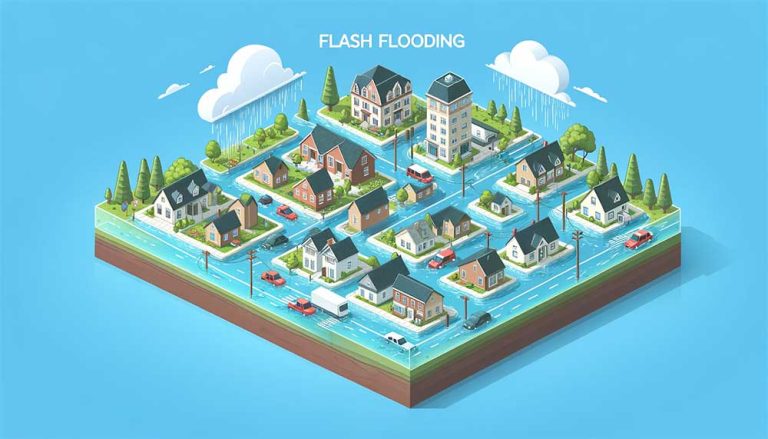
Flash flooding is a sudden and intense flooding that happens in a short period. It happens with little warning and rapidly fills the streets.

Stream ordering is a way to classify the size of streams. The Strahler method is a way to classify streams based on their branches.

The hydrosphere is a vast and dynamic system of all things watery. In fact, the hydrosphere covers about 71% of our planet’s surface.

Rivers are dynamic and essential. Plus, they fulfill diverse roles in our world. You’ll learn the significance of a river is far-reaching.
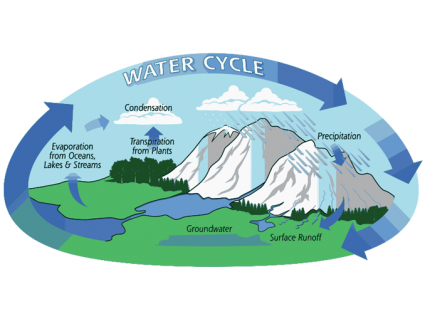
The hydrologic cycle describes how water moves continuously in nature. From evaporation, condensation and surface runoff – water is always in motion.

When it rains, water zig-zags all the way through a tributary system to a river or lake. Like an upside-down umbrella, a watershed catches all rain water.
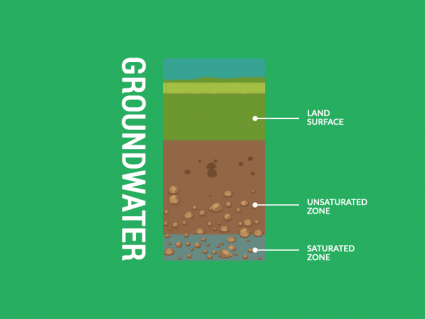
Despite the popular belief that groundwater exists as a huge lake underground, water actually exists in tiny pore spaces within rock and soil beneath our feet.
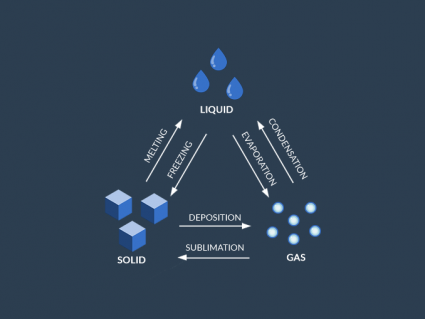
Because water is extremely versatile, it changes phases rapidly. The states of water are gas, liquid and solid. Water cycles through these phases in nature.
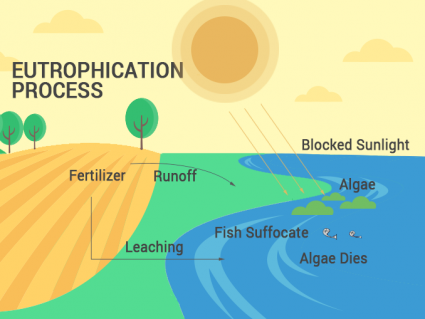
Eutrophication occurs in water bodies when too many nutrients are introduced. Over-fertilization of water causes algae to grow blocking sunlight for plants.
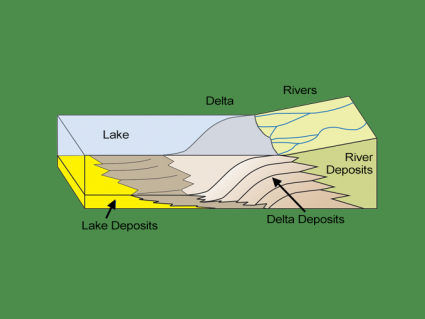
Streams carrying too much sediment clogs the entrance into the basin. As sediments dump in, water flow decelerates and widens the entrance forming a delta.